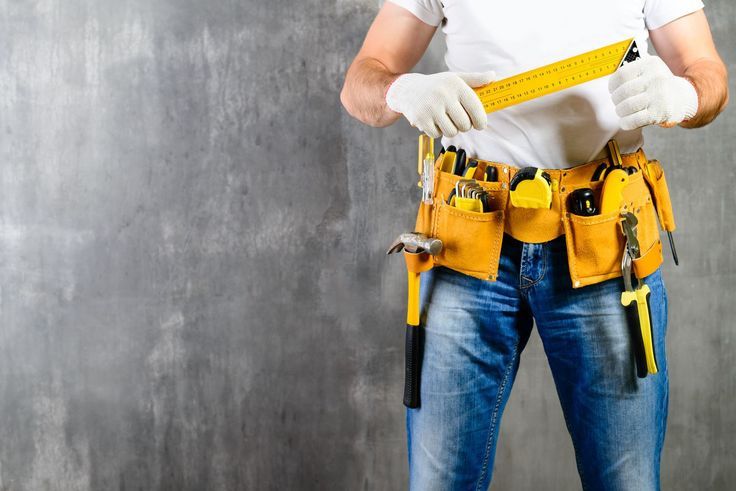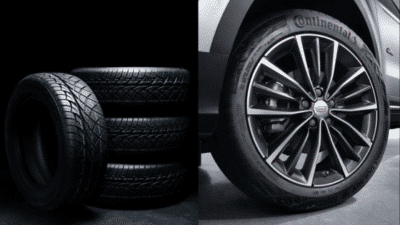In industries where components are subjected to extreme temperatures and high-pressure hydrogen environments, such as petrochemical plants, refineries, and power generation facilities, the risk of hydrogen-related degradation is a serious concern. One of the most insidious forms of this degradation is hydrogen damage, which can go undetected until it causes significant material failure.
Hydrogen embrittlement, decarburization, and fissuring are all manifestations of hydrogen-induced damage, but one of the most dangerous and complex forms occurs under prolonged exposure to both hydrogen and elevated temperatures. Detecting this damage early requires specialized inspection techniques and a deep understanding of metallurgical behavior under stress.

The Challenge of Identifying Subsurface Damage
Unlike surface corrosion or cracking, hydrogen damage often begins beneath the material’s surface. This makes traditional visual inspection techniques inadequate. In extreme conditions, hydrogen atoms penetrate the metal and react with carbon to form methane. Because methane cannot diffuse through steel, it becomes trapped, leading to internal pressure, void formation, and eventual cracking.
Detecting this type of deterioration requires more than routine checks. It demands a combination of non-destructive evaluation (NDE) methods, advanced sensors, and knowledge of component operating conditions. In facilities where continuous operation is the norm, accurate diagnostics are not only important, they are important to prevent catastrophic failures.

Techniques for Detecting High-Temperature Hydrogen Attack
The attack often begins in weld heat-affected zones and progresses inward, making it difficult to detect without advanced tools. One of the most critical concerns for engineers and inspectors is a high temperature hydrogen attack (HTHA), this type of degradation compromises the microstructure of steel, particularly in equipment operating above 400°F in hydrogen-rich atmospheres. Conventional ultrasonic testing is a first line of defense, but standard pulse-echo methods may not provide enough resolution to detect early-stage HTHA.
Instead, phased array ultrasonic testing (PAUT) and time-of-flight diffraction (TOFD) offer higher sensitivity and the ability to image subsurface damage more accurately. These techniques use multiple sound wave angles and advanced signal processing to detect even minor changes in grain boundaries or trapped gas pockets.
Magnetic flux leakage (MFL) and acoustic emission testing can serve as complementary techniques, especially when monitoring large surface areas or during online inspection without shutdown. Eddy current testing, while more commonly used for surface flaws, can be adapted for use in certain hydrogen-sensitive components, especially when coated or layered materials are involved.
The Role of Metallographic Analysis and Digital Imaging
When more conclusive analysis is required, field-replicated metallographic inspection becomes a valuable tool. This technique involves taking surface impressions from the component, which are then analyzed microscopically for microcracks, decarburization, and changes in grain structure. While not fully non-destructive, replication offers detailed insight without removing sections of critical equipment.
Digital imaging technologies, including high-resolution thermography and 3D scanning, are gaining traction in hydrogen damage diagnostics. These tools allow inspectors to build comprehensive digital models and track changes over time, improving predictive maintenance strategies and reducing the risk of failure in high-stress environments.

Regular inspections using advanced techniques ensure that equipment integrity is maintained, even in the harshest operating environments. Engineers, plant managers, and inspectors must work together to implement a proactive inspection regime, supported by the latest technological advancements. By investing in sophisticated diagnostic methods and staying informed about emerging risks, industries can safeguard critical infrastructure and extend the service life of their assets. Precision, vigilance, and innovation are the keys to staying ahead of one of the most elusive and damaging threats in high-temperature operations.
- 0shares
- Facebook0
- Pinterest0
- Twitter0



